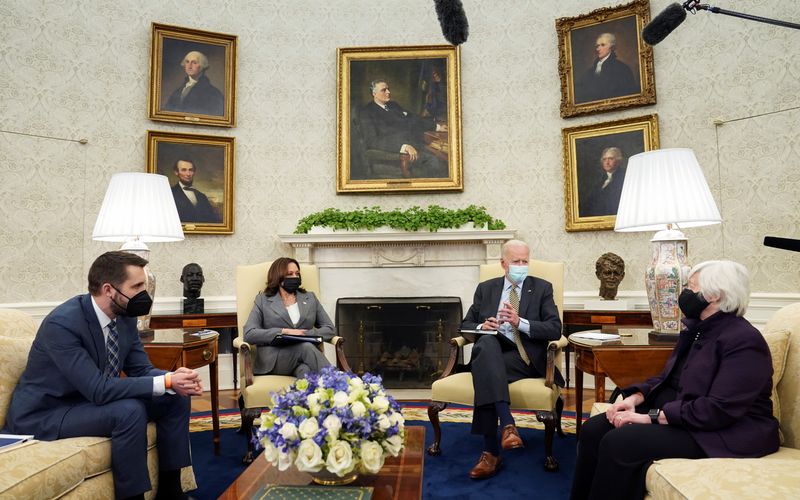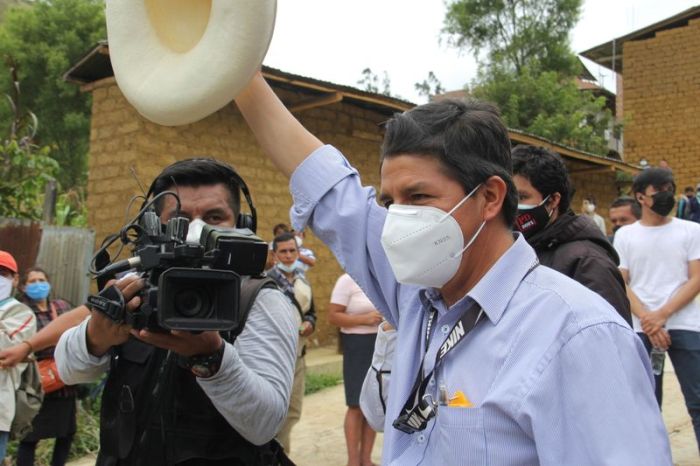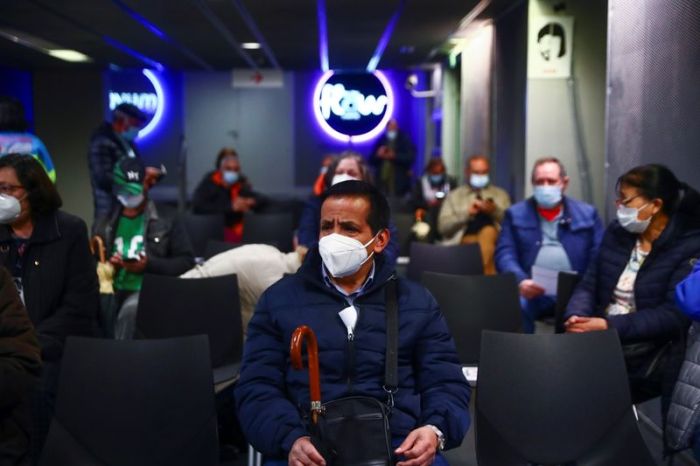(Refiles to change “million” to “billion” in paragraph 7)
(Reuters) – Here are seven takeaways from U.S. President Joe Biden’s proposed federal budget, released on Friday:
HEADLINE NUMBERS. Federal discretionary spending is up by 8.4% compared to 2021 levels, excluding emergency funding, to $1.52 trillion, with a focus on health, education and climate. About two-thirds of the massive budget is “mandatory” spending for benefits like Social Security and Medicare.
MILITARY AND DEFENSE SPENDING. Making up about half of the U.S. discretionary budget, this would increase by 1.7% to $753 billion. The increase will likely upset progressives, who pushed for cuts to the never-audited Defense Department to fuel other policy priorities. Because it is lower than former President Donald Trump’s 2022 projections, it may also anger Republican defense hawks pushing for more spending.
HEALTH AND MEDICAL RESEARCH. The budget includes $8.7 billion in funding for the Centers for Disease Control and Prevention, representing what the White House says is the largest increase in two decades. The CDC has suffered from a decade of declining funding, and the agency’s muddled response to the coronavirus pandemic may have contributed to the spread of the disease, Reuters reported https://www.reuters.com/article/us-health-coronavirus-cdc-response-speci/special-report-how-u-s-cdc-missed-chances-to-spot-covids-silent-spread-idUSKBN29R1E7. The budget also allocates $6.5 billion for a new research agency to direct federal funding to diabetes, Alzheimer’s and cancer research, and $10.7 billion to research and prevent opioid addiction, representing a nearly $4 billion increase from last year.
IMMIGRATION. The budget includes $52 billion for the U.S. Department of Homeland Security, with about $1.2 billion going to investments in modern border security technology. It lays out spending to rebuild the refugee program, which was slashed dramatically under Trump, and boosts funding to reduce backlogs in the immigration court system and in the processing of asylum and citizenship cases.
CLIMATE. The proposal includes budget boosts of about 20% for the Environmental Protection Agency and the National Science Foundation over last year’s enacted levels. A total $14 billion boost on climate spending is expected to go a long way toward reversing Trump’s slashing of regulations on fossil fuel producers such as rules on methane, a potent greenhouse gas, and provides $1.2 billion for the international Green Climate Fund as part of Biden’s re-entry into the Paris Agreement on climate change.
IMPOVERISHED SCHOOLS. Biden’s budget would distribute a record $36.5 billion to America’s neediest school districts through the Title I federal aid program, up $20 billion from the 2021 enacted level. This comes on the heels of the American Rescue Plan Act, which invested more than $122 billion in K-12 public schools and allocated funds based on poverty concentration. The budget includes $1 billion for school nurses and mental health programs to address effects of the COVID-19 pandemic.
TRANSIT. The administration is proposing $600 million to buy electric vehicles for government agencies and charging stations, including for the U.S. Postal Service and $8 billion for the Energy Department to invest in clean energy technologies, up 27% over the prior year’s funding. It would also boost U.S. passenger railroad Amtrak funding by 35%.
(This story refiles to change “million” to “billion” in paragraph 7)
(Reporting by Heather Timmons, Tim Gardner, Gabriella Borter, Mica Rosenberg and David Shephardson; Editing by Howard Goller)

























